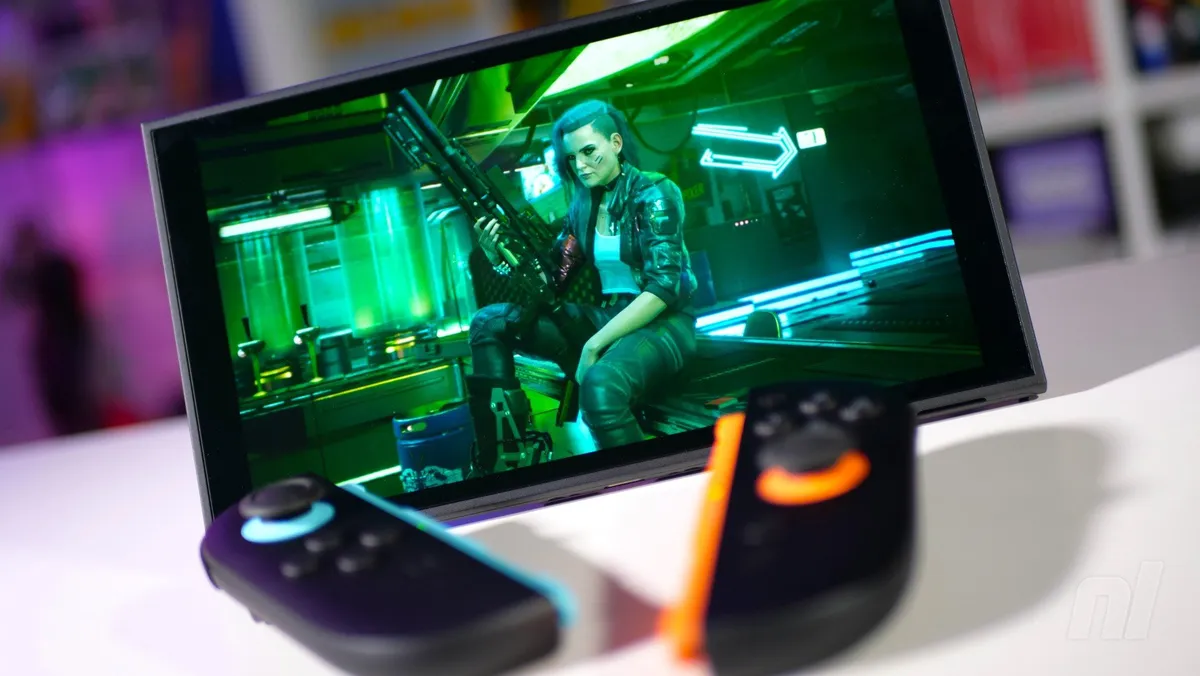
The tech experts at Digital Foundry have recently shared their comprehensive review of the highly anticipated Nintendo Switch 2, and the verdict is largely positive, although some concerns have been raised. According to Richard Leadbetter, the head of Digital Foundry and a seasoned veteran in the games media realm, Nintendo's new hybrid console impresses in several key areas, despite its LCD screen falling short of expectations.
Leadbetter notes that, while the Nintendo Switch 2 is significantly larger than its predecessor, the original Switch, its thin profile makes it feel less bulky compared to competitors like the Steam Deck and other PC handheld devices. The larger screen enhances the immersive gaming experience, and the color reproduction is noticeably improved over the first model, making games visually appealing.
One of the standout features highlighted in the review is the performance of various games on the Switch 2. Many titles, including Mario Kart World, run at native 1080p in handheld mode, while others utilize DLSS technology to upscale to 1080p, providing gamers with impressive results. Leadbetter commends Nintendo for the overall hardware design, particularly praising the new Joy-Con controllers and the practical 'feet' on the bottom of the device, which enhance its usability. The Switch 2 represents a refined iteration of the original, delivering a genuine generational upgrade with remarkable efficiency.
However, not everything is perfect with the Nintendo Switch 2. The LCD display, a controversial feature even before its release, has been a significant point of criticism for Leadbetter. Although Nintendo promised HDR capabilities, the edge-lit LCD, which barely reaches 420 nits of brightness, fails to provide a satisfactory high dynamic range experience. The expected HDR contrast and highlights are almost entirely absent during handheld play, leading to a disappointing visual experience.
Another critical issue identified in the review is the motion quality of the Switch 2's LCD screen. Leadbetter points out that the blurring characteristics of the new display are noticeably worse than those of the original 2017 Switch. When compared side by side with the Switch OLED panel, the shortcomings of the Switch 2's LCD become evident, as it does not deliver the same visual quality and clarity.
The review also raises concerns about the variable refresh rate (VRR) functionality on the Switch 2. While there is hope that it can work effectively, the showcased software reveals a VRR window of 40-120Hz and indicates support for low frame-rate compensation (LFC). This suggests that a fully-featured VRR experience is attainable, but it remains to be seen how well it performs in real-world gaming scenarios.
Leadbetter concludes his review with a minor complaint regarding the length of the supplied USB-C cables, which he feels are not long enough for comfortable use. Overall, the review of the Nintendo Switch 2 presents a balanced view, showcasing its strengths while acknowledging areas that need improvement.
What are your thoughts on Digital Foundry's verdict of the Switch 2? Share your opinions in the comments below!